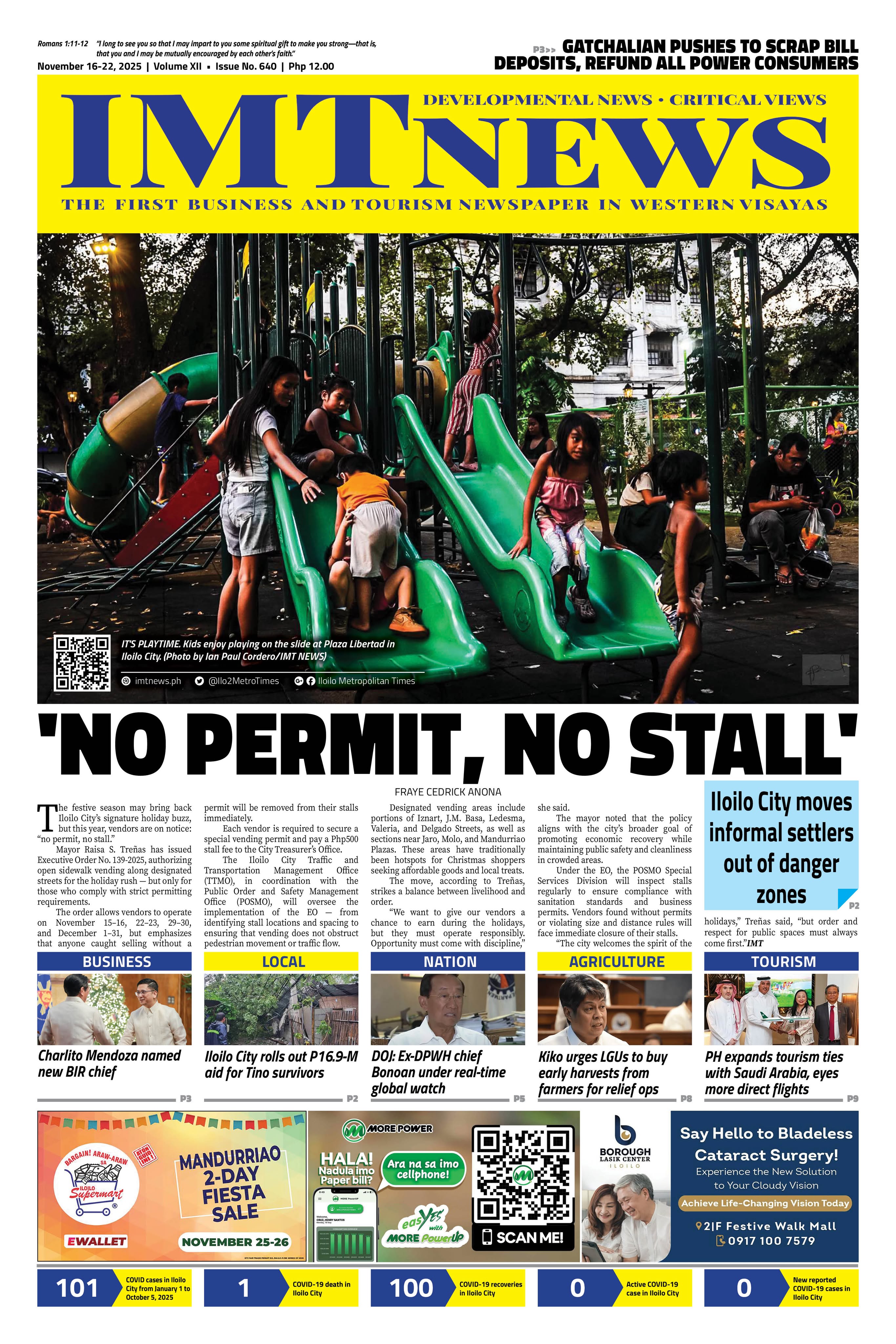THERE IS nothing wrong with being a dreamer. But the problem is, dreamers often get accused of being lunatics.
Of course, if your dream has no basis in reality, that’s just fantasy. But what if your dream is based on something that’s already happening in this real world of ours? What if the “impossible” is already being built elsewhere?
Take Norway’s Rogfast tunnel — a $2 billion engineering marvel in the making. When completed around 2033, it will be the world’s longest and deepest subsea road tunnel: about 27 kilometers long and plunging 392 meters below sea level. It will connect Randaberg to Bokn with a spur to Kvitsøy, replacing several ferry crossings along Norway’s E39 coastal highway. The aim? To cut travel times nearly in half and create a weather-proof, dependable connection between cities like Stavanger and Bergen.
If Norway — already known for its track record in gargantuan projects — can do it, why can’t we dream of doing it too?
Now, here’s where reality bites. The Philippines, as of today, doesn’t have Norway’s deep pockets. Nor do we have their track record for delivering massive infrastructure projects without the constant shadow of corruption. In fact, perhaps ending corruption first might be a bigger dream than building a subsea tunnel. But as the saying goes, dreaming is free.
If we ever reach that future — when funds are available, political will is strong, and corruption is finally a thing of the past — where would I want to see subsea tunnels in our country?
First, from Sorsogon to Samar, supplementing the RORO system and making the Bicol-to-Eastern Visayas connection faster and stormproof. Then, from Leyte to Surigao, closing the gap between the Visayas and Mindanao without depending solely on ferries.
Second, imagine a chain of subsea links from Batangas to Mindoro, then on to Panay, Negros, Cebu, and all the way to Zamboanga. A continuous, reliable highway through the sea itself — just like Norway’s ferry-free E39 vision.
Will it cost too much? Of course it will. But big infrastructure is not an expense — it’s an investment. Properly planned and managed, it can be recovered through tolls, increased trade, and the economic activity it unlocks. The more connected our islands are, the more opportunities will bloom.
Is it a stupid idea? I’d say it’s even more stupid not to do it if one day we have the money, the technology, and the governance to make it happen. The future generations should decide, but we must plant the seed of the vision now.
And remember — Filipinos are not strangers to world-class engineering. Who’s to say Norway won’t be hiring our engineers and construction workers to help build Rogfast? If we can help them dig a tunnel under the sea, why can’t we one day do it for ourselves?
The Rogfast tunnel is more than a hole through bedrock. It’s a statement that geography is not destiny — that even the sea can be bridged with enough skill, planning, and determination. For an archipelago like ours, that’s a lesson worth studying carefully.
I’m not saying we start tomorrow. But the dream should be in the blueprint of our long-term national vision. One day, our children might drive from Luzon to Mindanao without boarding a ferry. And if anyone says it’s impossible, we can point to Norway and say: they did it, so why can’t we?







